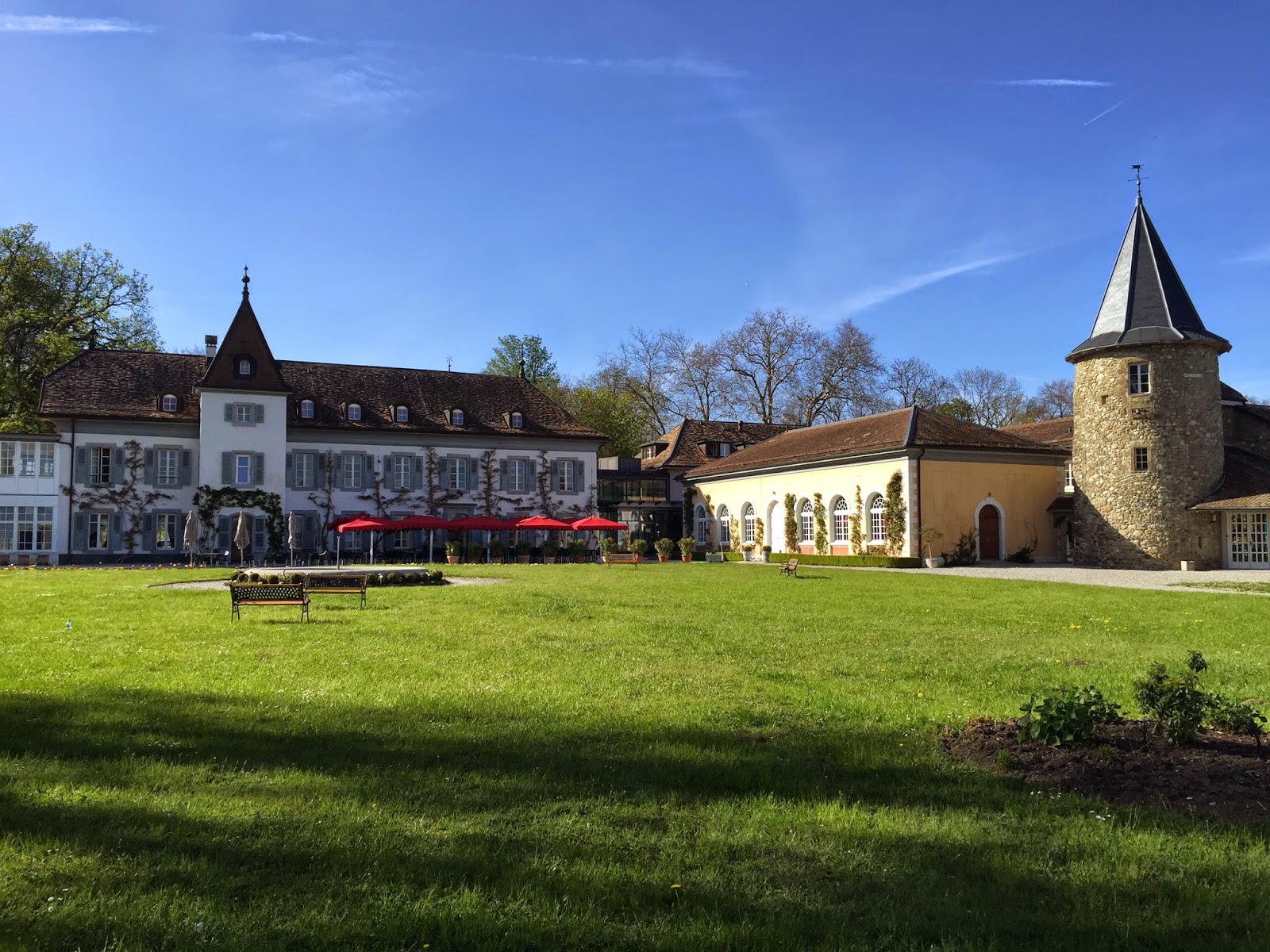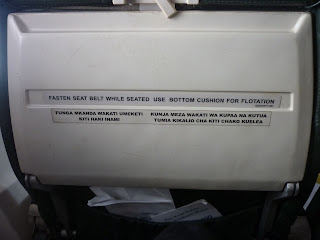It feels like an age since I was in Africa. Since leaving at the end of November last year I have been to the UK twice, Melbourne three times, presented at two conferences and a workshop, started the semester's teaching and got engaged! No wonder it seems so long ago. I was reminded of my blog (which stalled rather abruptly after my post about Kakuma Refugee Camp - see
here - and around about the time the conferences started) twice this week. The first was at a meeting, where one of my colleagues complimented me on it and said how much he enjoyed reading it (thanks!). The other was brainstorming ideas with Richard for our honeymoon later this year, which set me dreaming about a return trip to see my foster elephant, Barsalinga, my little feline friend, Bandit, and perhaps a few more wild creatures great and small. There was so much more of the big trip after my visit to Kakuma... A whirlwind trip to Addis Ababa to visit the African Union and drink the best coffee in the world, safari no. 2 to the Masai Mara with Mum, Dad and Richard, an evening visit to the Elephant Orphanage for bed time and to meet the keepers, a brief return to Jo'burg before departing the continent altogether, a conference presentation at the beautiful All Souls College, Oxford and then the trip home! I won't try and squish it all in to one post, I have too many photos I want to share for a start. So I'll start with Addis...
 |
African Union Headquarters, Addis Ababa
The $200m building, built and donated by the Chinese, is already iconic in the capital city and stands in
stark contrast to the rest of the city, which is significantly less developed than cities like Jo'burg and Nairobi. |
My three-day visit to Addis Ababa was part African gourmet trail and part search for the holy grail. In the early stages of planning my big trip to Africa I had intended to visit Ethiopia's capital in search of documents from the drafting of the 1969 African Refugee Convention, the subject of my PhD thesis. The absence of any such documents is one of the most often noted features of the Convention and is sometimes offered as an excuse for the lack of scrutiny it has received so far - i.e. what don't know what the Convention's drafters intended, so we can't know what it means. The technical term for a Convention's drafting documents - minutes of meetings, records of discussion and communication between the parties - is
travaux préparatoires (preparatory materials) and it is quite common in international law to refer to such documents in order to elucidate the meaning of the terms of the Convention itself. The fact that noone has been able to locate the
travaux for the African Refugee Convention has led more than one scholar to warn me that what I want to do in my PhD (i.e. interpret the Convention) will be very difficult. My view has always been that not being able to see into the minds of those who drafted the Convention more than forty years ago is hardly a barrier to working out what it means today. But of course such insight would be both interesting, and potentially useful, nonetheless.
In my two years (so far) of PhD research I've heard numerous rumours and stories about the elusive
travaux for the African Refugee Convention, including that they were destroyed in a flood, are currently in storage, will be available 'soon' and that they don't even exist. The last of these is probably the predominant view in the literature on the Convention. In fact, recent research by another researcher identified numerous items of correspondence relating to the Convention's drafting in UNHCR's archives in Geneva (UNHCR were heavily involved in the drafting process at the time). But at the African end, to date nothing has been turned up. So while I had initially planned to visit the African Union headquarters in Addis Ababa and see what I could find, by the time I actually arrived in Africa I had more or less decided it wasn't worth the trouble.
At the last minute, however, I changed my mind and decided I should at least go and see for myself. If I could even confirm that
the materials
didn't exist, then that would be something. Perhaps then the refugee law community could forget about them and move on. So, tempted by the relative proximity of Ethiopia to Kenya (compared with making the trip from Sydney) I booked two return tickets from Nairobi to Addis. I bought two because I was accompanied by my trusted research assistant, Richard, who had initially thought he was coming for a holiday in Kenya, but later found out he was on an archival research mission to neighbouring Ethiopia! (It's just the kind of thing he loves though, so I don't think he minded too much...)
Anyway, I can safely say I was roundly rewarded for my (our) efforts. On day one of our visit - actually day one was our
only day at the AU compound - we were directed straight to an enormous green shed sign posted 'Archives' where, after some gentle (and not so gentle) prodding, we found a decent collection of meeting notes, conclusions and resolutions from meetings related to the Convention's drafting. Not only that, but we then spent the afternoon visiting the AU's Legal Department, in the very new and very modern Headquarters, where we were treated to many more folders of meeting notes, reports and correspondence. From a research point of view, the trip was a windfall! And extremely exciting, given that the documents we viewed were supposedly lost, forgotten or gone to the gods.
As we only had a day, the collection of documents we left with was far from complete. But between Richard and I, our two cameras, a computer and a phone, we did manage to copy and photograph a
lot of material that I would not have been able to get anywhere else. Perhaps most importantly, the visit established without a shadow of a doubt that it is worth going back for more. One could hardly describe the African Union's filing and archiving systems as very sophisticated or organised (in fact, one could hardly describe them as systems! From what I can tell, many senior officials are unaware that the archives even exist). So a comprehensive search would take weeks, if not months, of scrounging around archives, offices and personal filing cabinets. But many of the staff we met at the Union were incredibly friendly and helpful, and I've no doubt there is significantly more than what we found in our one day. So just as soon as I have the time and funding, I'll be going back for sure!
 |
| African Union Archives - they really are in a big, green shed. |
 |
| Photographing documents - much quicker and easier than a photocopier! |
 |
| Richard, my trusty research assistant. |
 |
Files inside the Archives building, including documents from the Assembly
of Heads of State and Government (AHG) and the Council of Ministers (CM). |
 |
| Official visitors' badge |
 |
| Lunch at the African Union HQ - this was somewhat less gourmet than the rest of Addis... |
 |
Our complimentary tour of the new HQ building commences! Our tour guide, one
of the staff in the legal documentation unit, was very happy to show us around.
We got a bit carried away and had to remind ourselves why we were there. |
 |
Entrance to the Assembly Hall, where the African Union's
Assembly of Heads of State and Government meets. |
 |
Inside the Assembly Hall.
 |
The view from HQ. Being inside the African Union building is rather
different to being in the rest of the city, of which more soon... |
|



















































